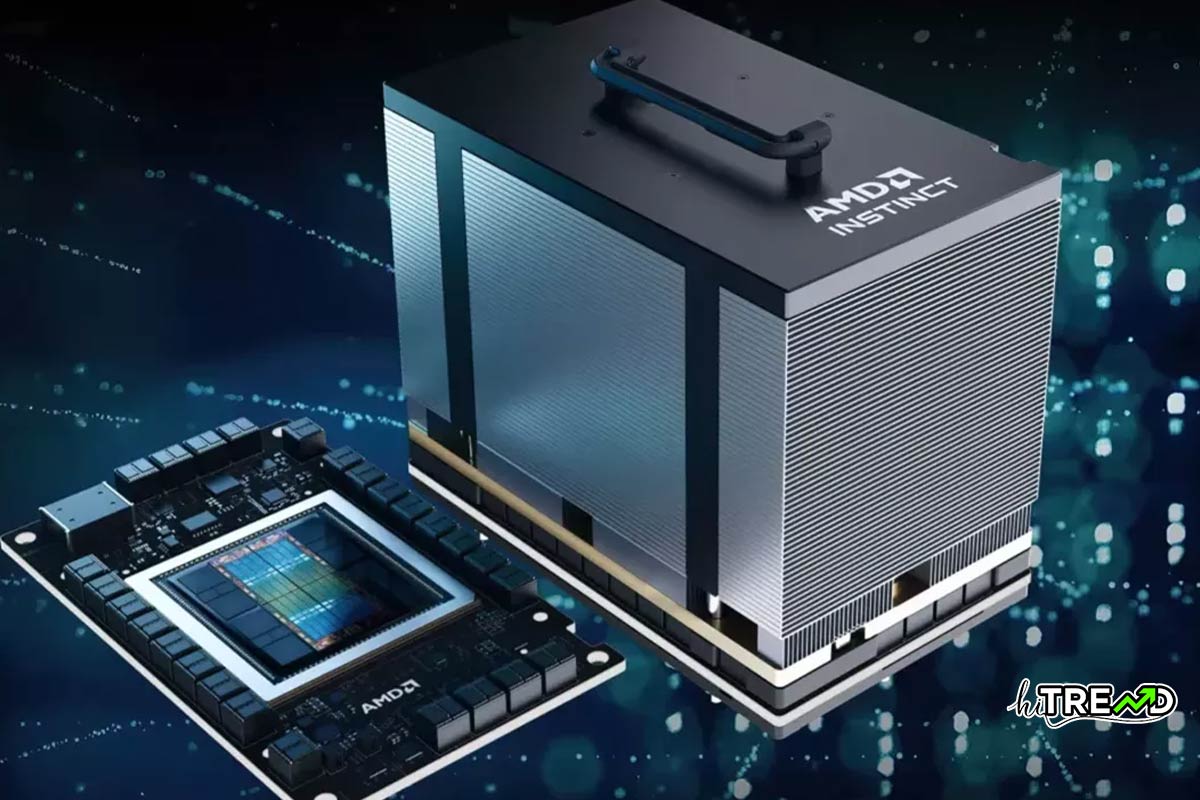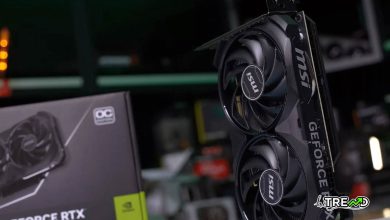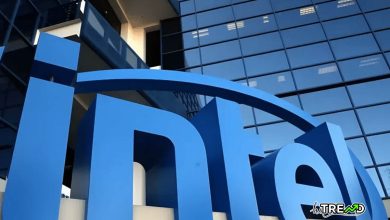
In a nutshell: One of the ways AMD aims to challenge Nvidia’s dominance is by expanding its systems offerings, and this week it made a significant stride toward that goal with an agreement to purchase ZT Systems. The acquisition is a key part of AMD’s strategy to capture a larger share of the AI data center market. But it remains to be seen whether this deal will significantly close the gap between AMD and Nvidia in terms of market share and technological capabilities.AMD just spent $4.9 billion to buy hyperscale server maker ZT Systems
AMD has agreed to acquire ZT Systems, an AI infrastructure company, for $4.9 billion in a cash and stock transaction. This acquisition is a strategic move by AMD to bolster its capabilities in the AI sector and directly compete with Nvidia.
You can read more Technology articles
ZT Systems, known for building custom computing infrastructure for major AI hyperscalers like Microsoft, Meta, and Amazon, will enable AMD to offer end-to-end systems solutions.
“Combining our high-performance Instinct AI accelerator, EPYC CPU, and networking product portfolios with ZT Systems’ industry-leading data center systems expertise will enable AMD to deliver end-to-end data center AI infrastructure at scale with our ecosystem of OEM and ODM partners,” said AMD’s chief executive Lisa Su. She described the acquisition as the third leg of a stool that consists of AMD’s silicon and software solutions, explaining to CNBC that adding the systems solutions piece “really wraps it all together.”
Nvidia’s success in the AI sector is partly due to its system-level approach, which includes not only GPUs but also comprehensive infrastructure solutions such as server racks, networking equipment, and software tools. To compete, AMD plans to integrate ZT Systems into its data center business by 2025, pending regulatory approval.

AMD’s efforts to expand its “systems” offerings have been ongoing, including the introduction of its MI300 AI chips last year. These chips are set to be followed by the MI350 chips in 2025, aiming to compete with Nvidia’s upcoming Blackwell GPUs.
The chips have seen some success: In May, Microsoft became one of the first major AI companies to incorporate the MI300 into its Azure cloud platform, using it to power AI models like OpenAI’s GPT-4. And for the first time, AMD’s revenue from these chips exceeded $1 billion in the quarter ending June 30. Still, AMD’s data center revenue remains significantly smaller than Nvidia’s, which reached $22.6 billion in the quarter ending in April.AMD just spent $4.9 billion to buy hyperscale server maker ZT Systems
The acquisition of ZT Systems is AMD’s largest since its $35 billion purchase of Xilinx in 2022. That acquisition was a strategic move to enhance AMD’s capabilities in high-performance and adaptive computing, allowing the company to expand its product offerings to include FPGAs, Adaptive SoCs, and AI engines, complementing its existing CPUs and GPUs.
Since then, AMD has focused its acquisition strategy on building out its AI capabilities. In July, it announced the purchase of Finnish AI startup Silo AI, which brought substantial AI expertise to the company, including over 300 AI experts and 125 Ph.D. holders. This infusion of talent is crucial for AMD, which has been lagging behind Nvidia in terms of AI skills and experience.
In addition to Silo AI, AMD has acquired Nod.ai and Mipsology to strengthen its AI software ecosystem. Nod.ai provides essential tools, libraries, and models for AI development, while Mipsology offers AI inference and optimization solutions tailored for AMD hardware.
Follow HiTrend on X





